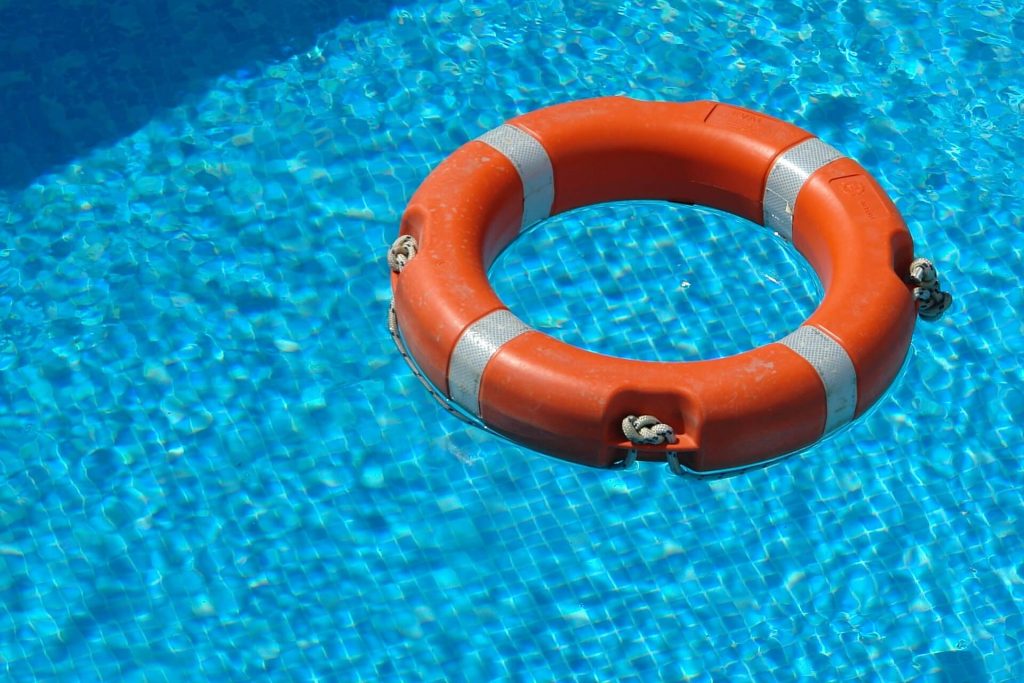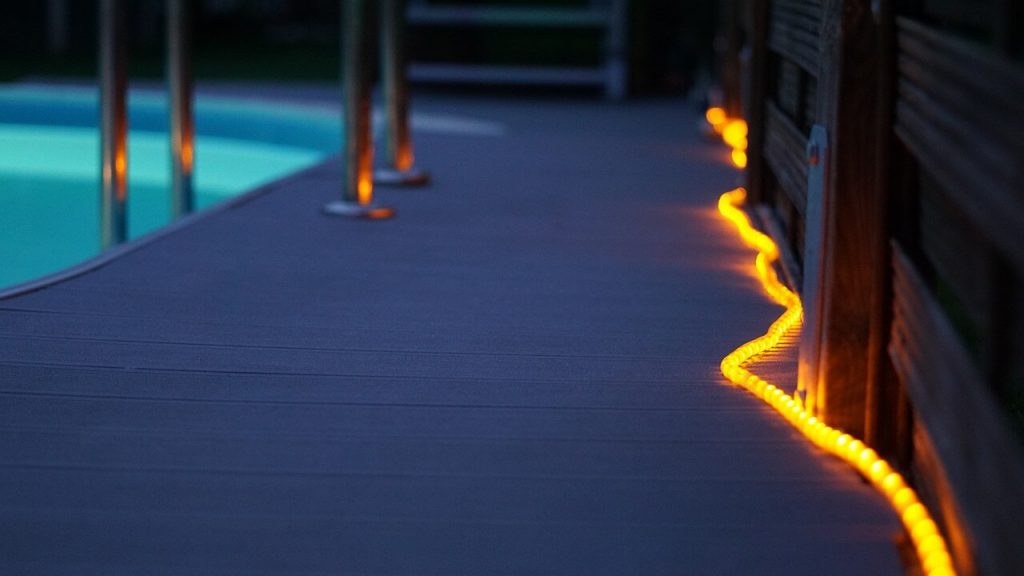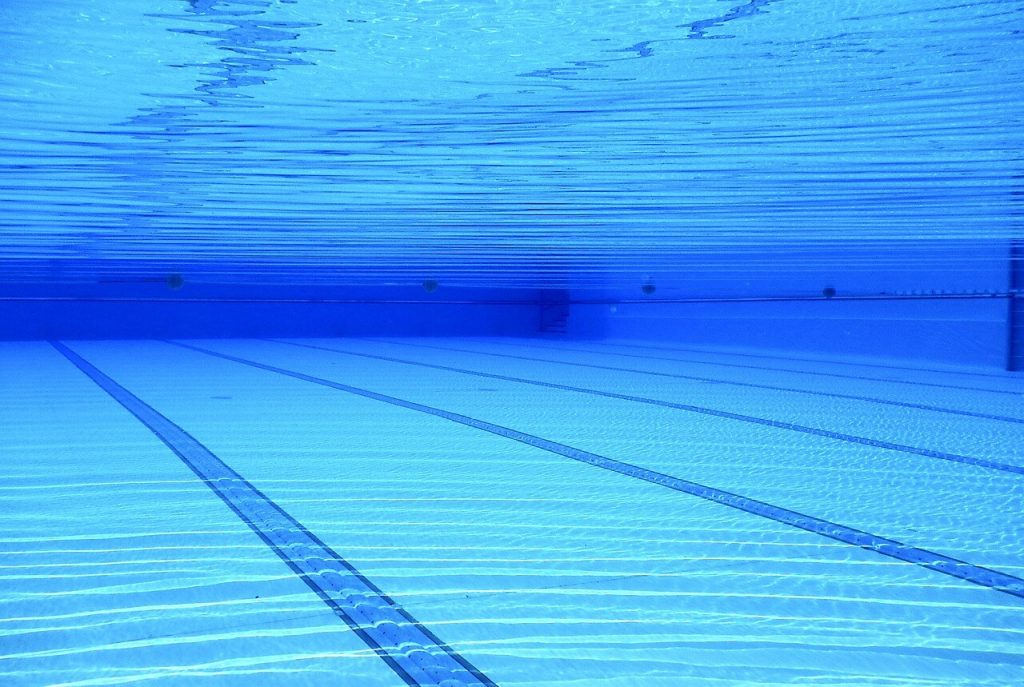Make Sure Your New Pool Deck Surface is Safe
If you are going to claim responsibility for a substantial pool deck where you plan to entertain guests, you need to take safety measures into serious consideration. The surface area is going to become slippery and dangerous when it gets wet, but there are precautions you can take. Otherwise, you will have a huge liability on your hands.
As long as your backyard is reasonably flat, you can choose from any of the available patio and pool deck materials. In terms of design, these materials may be separated into 2 basic categories: 1) traditional decking materials, and 2) multi-use decking materials, which are suitable for decks, patios and outdoor living areas.
If you construct a new pool deck using traditional decking methods, you have a choice between timber (both hardwoods and softwoods are suitable) and composite decking materials made from recycled plastic. If you opt for real wood, finer grained species are more optimal, because they do not splinter as easily. If you opt for a patio-type deck, then your material choices will be even greater, ranging from tiles, brick pavers and concrete paving blocks, to concrete decks that are decoratively stamped or stained.
Surfaces within both of these categories can be extremely hazardous if you do not take proper safety measures. For example, a wood deck with high-sheen sealers or varnish can create a surface that is very slick and dangerous. Glazed tiles and polished marble are not suitable choices for swimming pool decks, either.
So Which is the safest pool deck material?
Concrete decks are relatively inexpensive, can look amazing, and are considered one the safest pool deck materials as long as the deck surface is constructed with a skid-proof top coat. SUNDEK of Washington, a pool decking company in Washington D.C., revolutionized concrete pool decking systems with a textured coating that can be applied on top of a concrete pool deck to ensure the safety of anyone who walks on the surface while it’s wet. This concrete coating is 3/16” thick and is completely slip resistant. It is made from Portland cement, silica sand, acrylics and specially formulated epoxies.
Anther aspect to consider when it comes to pool deck safety is the color of the deck material. Darker hues, since they tend to absorb more heat, are going to become very hot under the sun. This can obviously be uncomfortable to walk on with bare feet, so choose a deck material that is light in color. Texturing top coats, like SUNDEK’s Classic Texture, come in a multitude of colors.
Follow the above guidelines for pool deck safety when it comes to surfaces, and you’ll be sure to have a fun and enjoyable summer in your new swimming pool. As an added precaution, place NO RUNNING signs in visible areas and never allow young children to be in the pool area without adult supervision.



